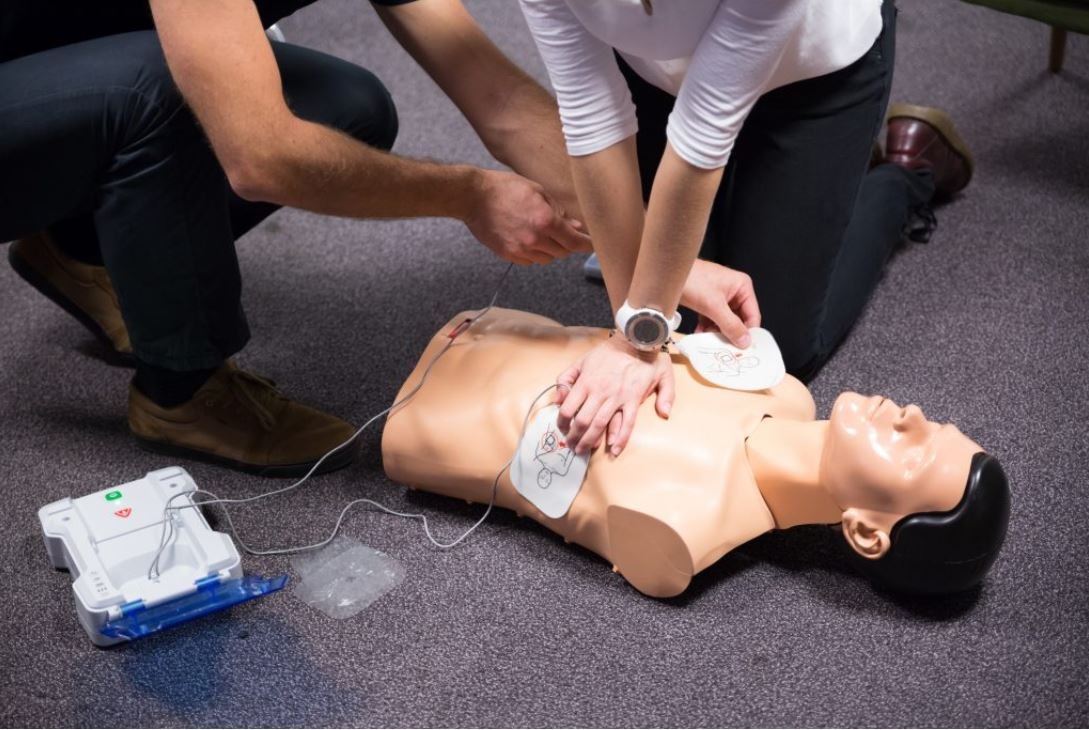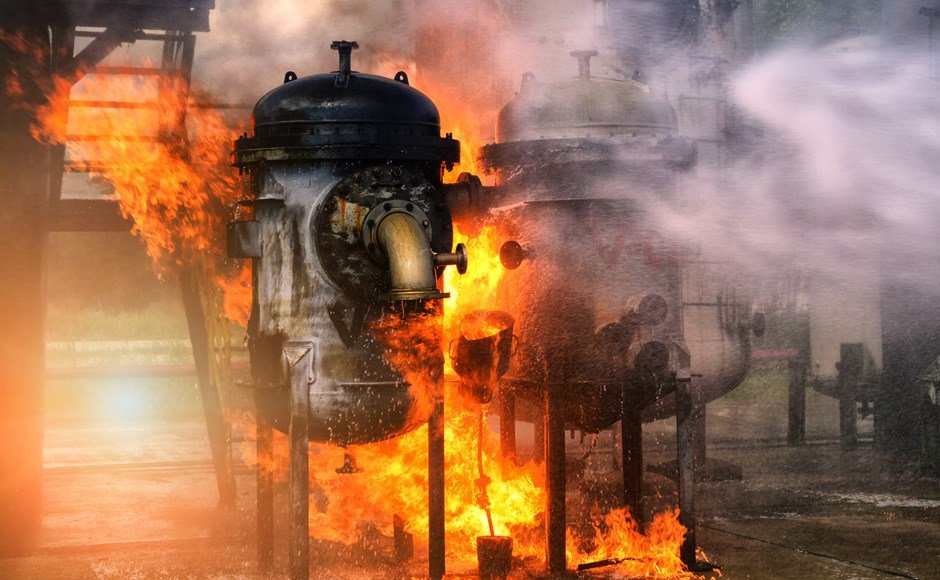
Comprehensive Emergency Management
While the functions of emergency management have been performed for decades by government and private organizations (Ben Franklin formed the…

While the functions of emergency management have been performed for decades by government and private organizations (Ben Franklin formed the…

[vc_row][vc_column][vc_column_text]The United States knows that Mother Nature can be merciless. From the deadly hurricanes in Tornado Alley to the wildfires…

[vc_row][vc_column][vc_column_text]Anyone working at height is putting themselves at odds with gravity. No matter how many protective measures are put in…

[vc_row][vc_column][vc_column_text]It’s impossible to prevent cardiac arrests in your workplace, but you can be ready to respond adequately.I was chatting with…

[vc_row][vc_column][vc_column_text]Every once in a while, local emergency services groups (firefighters, police officers, paramedics) will stage a mock emergency, complete with…

[vc_row][vc_column][vc_column_text]According to the NFPA, from 2011 to 2015 there were an estimated 37,910 fires in industrial and manufacturing properties causing an estimated…

[vc_row][vc_column][vc_column_text] Emergencies can put your employees at risk and even force you to shut down operations. By their nature, they…

[vc_row][vc_column][vc_column_text]All Workplace employees having a role in managing or maintaining oil containing devices must be able to initiate an appropriate…

[vc_row][vc_column][vc_column_text]our organization’s emergency management plan is a critical tool developed to assist managers, coordinators, and responders. It allows them to…
Notifications